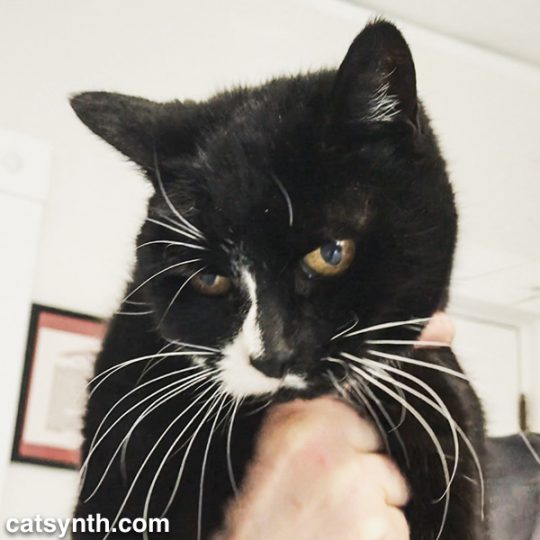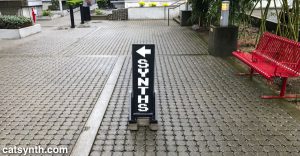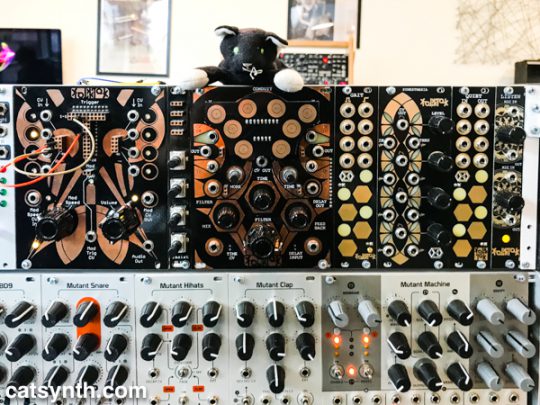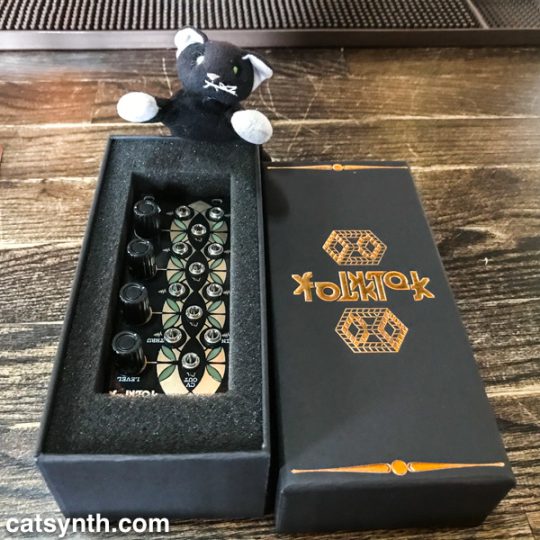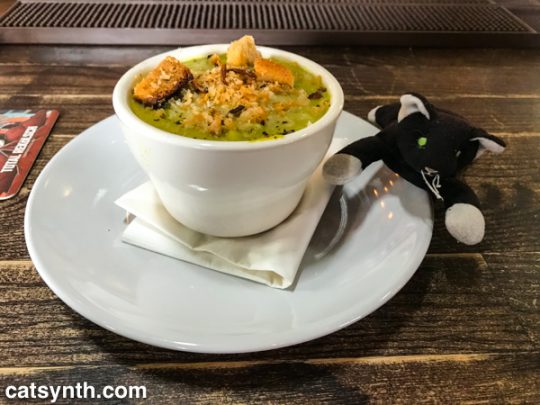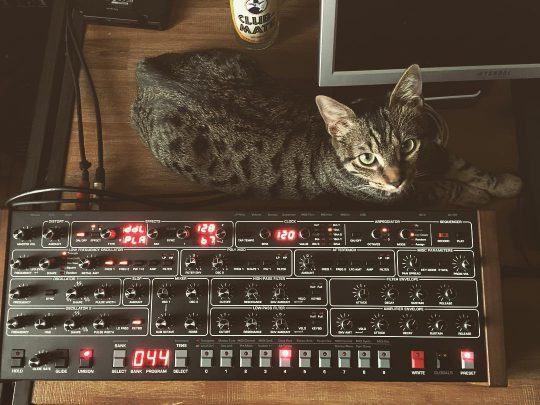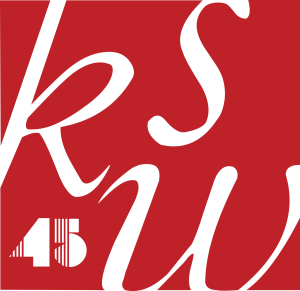One of the most commonly cited factors in workplace stress and dissatisfaction is long hours. Long hours and late nights can cause many problems, some of them are direct impacts on the mind and body of the worker, but then it also ripples out to others through work-family balance, evening and nightlife industries, art, and more. In an interview about his new book, Jeffrey Pfeffer describes these issues and how they are literally killing American workers. We will discuss his book in more detail once I have read it – but something in the interview particularly spoke to me: the insidious ways that companies and leaders turn long hours into a virtue, or even a “cause”, rather than a business necessity, and make resistance a question of character instead of productivity.
Companies also play to our egos. They say, “What’s wrong with you? Aren’t you good enough? We’re a special organization. We’re changing the world and only certain people are going to be up for the task.” Who wants to admit they’re not good enough?
I have certainly come across examples of long-hours-as-cultural-virtue in my career. It is especially appalling when the pressure for long hours in the office involves a lot of play time. I have felt stuck with an office full of people who stop working but just won’t leave – instead, they start playing games, goofing off, but together as a team. The pressure to at least pretend to conform by sticking around is strong and also stressful on mind and body.
But there are times when long hours of work are necessary, and when it’s necessary for getting things done, it can be made into an experience that is not only lower stress but even enjoyable its own way. I illustrate this with an example from own recent experience and then unpack why it worked out well. Our CEO had a major demo for a group of potential investors and business-development opportunities that was scheduled on short notice. There was a specific list of features and improvements needed to our mobile app and they were needed in about 48 hours. With this deadline and set of goals in hand, I made the decision – with the support of the VP of Engineering – to take it on myself because it played to my strengths and style: quick, efficient, targeted. I got to work on it immediately and was able to focus – in part because the VP (who was also my immediate boss) ran interference for me on some of the usual distracting nonsense. I enjoyed the challenge of working towards the goals and getting the tasks done one after another in sequence on my own. Indeed, I didn’t notice at first that it was getting late and that the office was quiet and nearly empty except for myself, my boss, and two other colleagues who generally shifted their work days later than the rest of us (I don’t know why, and I also don’t care why). When one of them distracted me, my boss ran interference again, and I was able to get things in a good place by the time I left at 8:30 PM. I wasn’t physically and emotionally drained the way I had felt in other times at other jobs, but tired in a satisfied sort of way, as one does after a music performance or exercise. The next morning, I came back refreshed and completed things around noon, with the somewhat slapstick scene of my loading it onto an iPhone and my boss and I wading into the middle of a busy San-Francisco street to hand it to the CEO as he rode by in an Uber (or Lyft, it doesn’t really matter here). The aftermath was positive affirmation both from myself and my superiors. At least for the remainder of that day.
So what made this instance of long hours work? First, it was targeted towards specific goals that were challenging but doable. I had autonomy to figure out how I was going to get them done – how to set up the challenges for myself – and to then execute. And I was largely left alone to complete them. The long hours were a side effect of my own choices, not something forced by social pressure or a sense of workplace virtue. And when I found myself working late, it was quiet and those that were there were there for the sake of work, not because the team was their life.
What extrapolate from this personal story is that one of the ways we may be able to improve the workplace and make it physically and emotionally healthier is through more autonomy and less “team virtue” and social coercion. We all what to get things done – most of us, at least – but we need to be able to figure out for ourselves how best to do that.

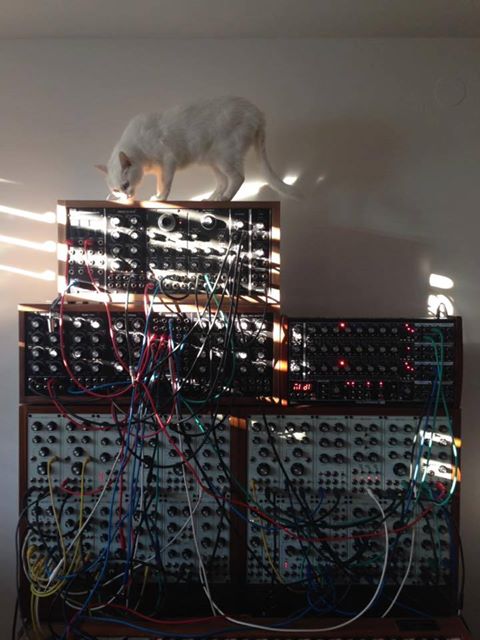
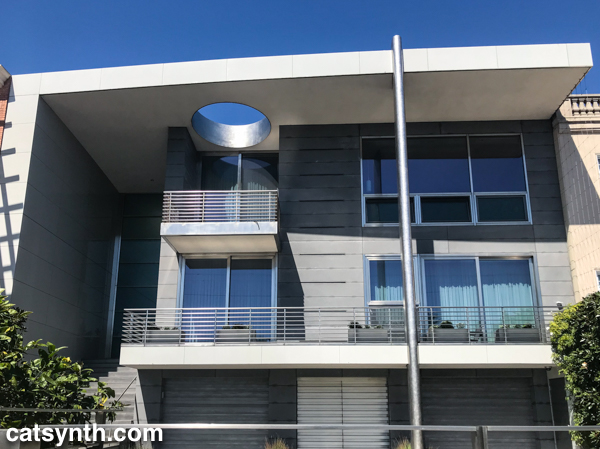
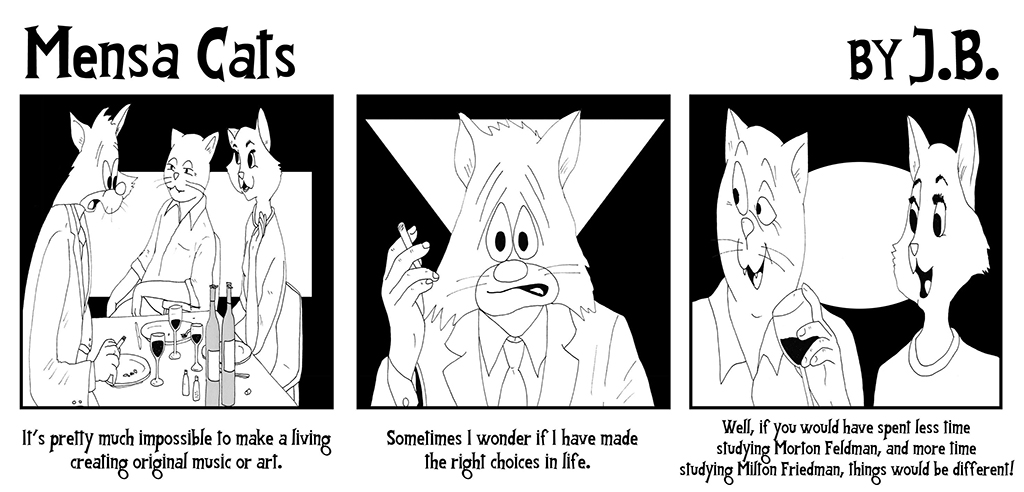
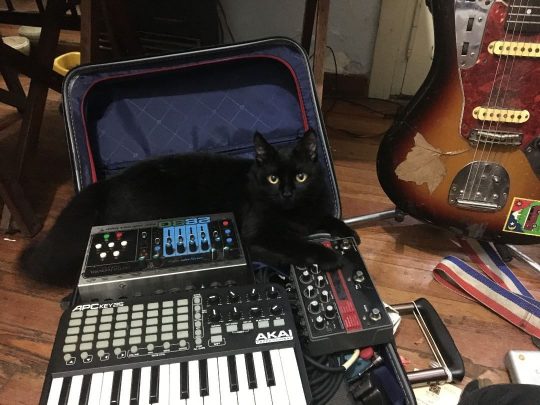
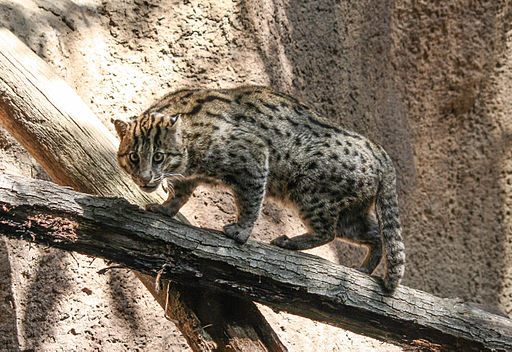

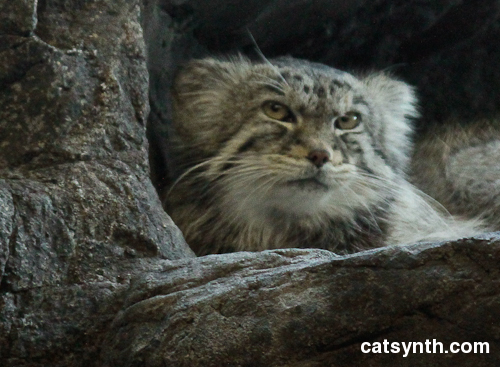

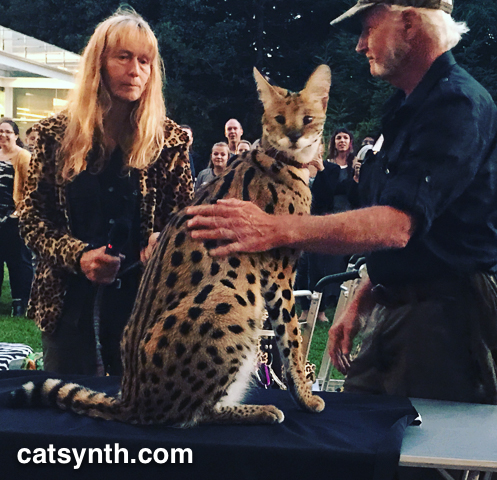
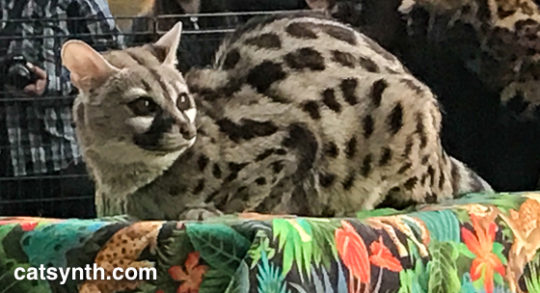

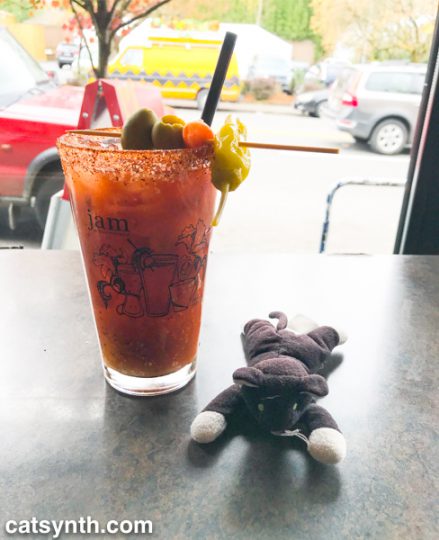
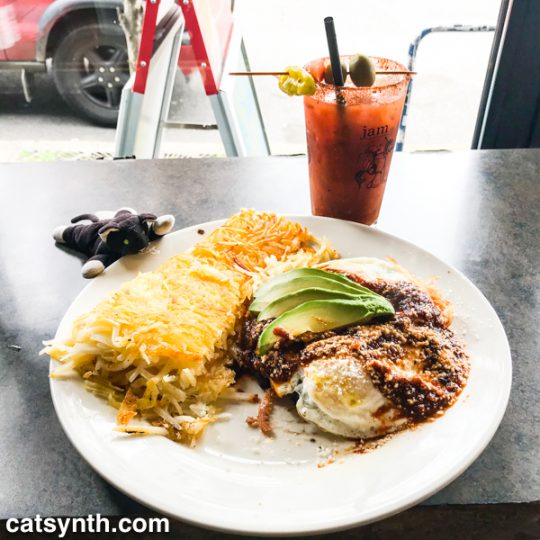

 The next stop took me eastward from downtown to the ragged edges of the city along SE 82nd Avenue (State Route 213). I was here to pick up a borrowed Nord for the show. A mixture of auto-shops, low-rise apartments, and shopping centers made this area feel more like Los Angeles (except for the weather) or the far eastern sections of Queens. But it was still fascinating in its way, and there was an interesting row of shops, bars, and eateries along Stark Street – I wish I had a chance to stop at The Country Cat, but time did not permit this.
The next stop took me eastward from downtown to the ragged edges of the city along SE 82nd Avenue (State Route 213). I was here to pick up a borrowed Nord for the show. A mixture of auto-shops, low-rise apartments, and shopping centers made this area feel more like Los Angeles (except for the weather) or the far eastern sections of Queens. But it was still fascinating in its way, and there was an interesting row of shops, bars, and eateries along Stark Street – I wish I had a chance to stop at The Country Cat, but time did not permit this.
 The next morning I found myself in the Hollywood neighborhood. It was actually the first time on this particular trip that I found myself north of Burnside in the northeast sector of the city. Sandy Boulevard was lined with a diverse collection of low-rise businesses. I crossed I-84/US 30 into the adjacent Grant Park district, which reminded me again of residential neighborhoods with larger lots at the edges of New York City into Westchester and Long Island. I had some personal appointments that morning but then remained in Northeast to visit
The next morning I found myself in the Hollywood neighborhood. It was actually the first time on this particular trip that I found myself north of Burnside in the northeast sector of the city. Sandy Boulevard was lined with a diverse collection of low-rise businesses. I crossed I-84/US 30 into the adjacent Grant Park district, which reminded me again of residential neighborhoods with larger lots at the edges of New York City into Westchester and Long Island. I had some personal appointments that morning but then remained in Northeast to visit 